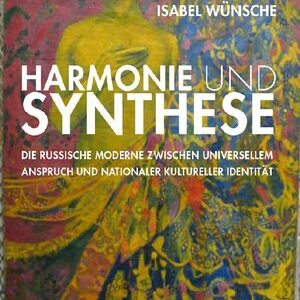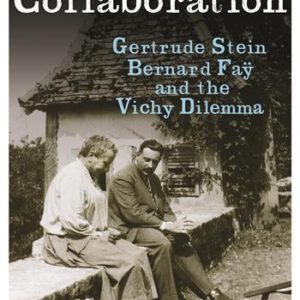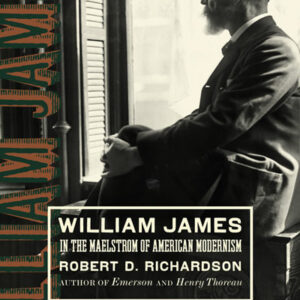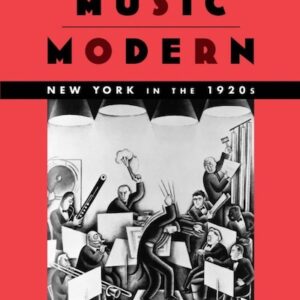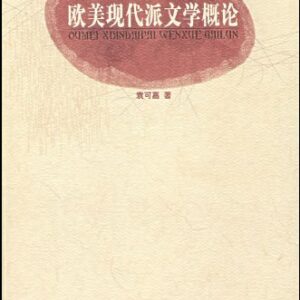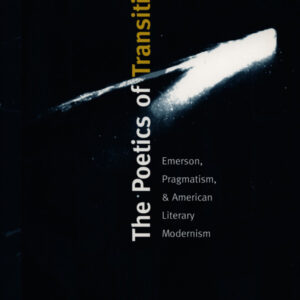
The Poetics of Transition: Emerson, Pragmatism & American Literary Modernism
By Jonathan Levin (NHC Fellow, 1998–99) The Poetics of Transition examines the connection between American pragmatism and literary modernism by focusing on the concept of transition as a theme common to both movements. Jonathan Levin begins with the Emersonian notion that transition—the movement from one state or condition to another or, alternately, the figural enactment of … Continued
